Correcting the record on phenomenon-based teaching
Science curriculum developers and educators agree that scientific precepts are best taught when illustrated by real-world “phenomena.” However, modern misconceptions have clouded the facts on best practices for using them. When properly used, phenomena help teach not just the facts of science, the “what.” Rather, they engage students more fully and deepen understanding by epitomizing the “why”: how to think like scientists bydoing science, actively investigating those principles in action. The problems arise when curriculum developers misread standards and misinform educators on how and when phenomena should be used.
For decades, K-8 science curricula built around active investigation of phenomena have harnessed their power in science teaching and learning, raising test scores and sending on more students to AP Science high school classes and STEM careers than other curricula. Most recently, these principles can be found in the NGSS (Next Generation Science Standards), now recognized in 26 states.
In a new white paper and interview, NGSS writing team member Craig T. Gabler, Ph.D., addresses a growing misconception of some NGSS newcomers: the damaging fallacy that phenomena must always be the first thing students see in a science lesson. Dr. Gabler explains that from an NGSS perspective, this approach often is simply wrong: “The real key to NGSS is to let the students do the work of figuring out. If putting the phenomenon first doesn’t achieve that, then don’t put the phenomenon first. Put the students first.” Dr. Gabler also describes specific situations when a broader range of options engages all students, better meeting the true goals of NGSS.
Science Teaching in the Era of NGSS
Dr. Gabler also describes specific situations when a broader range of options engages all students, for a better learning experience.

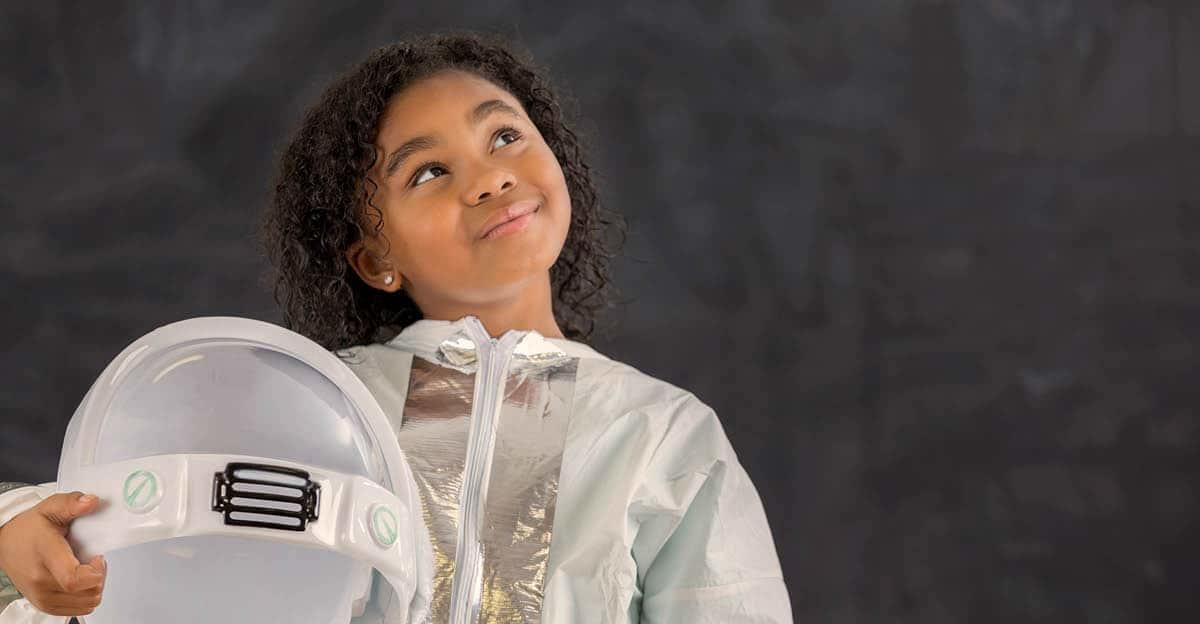
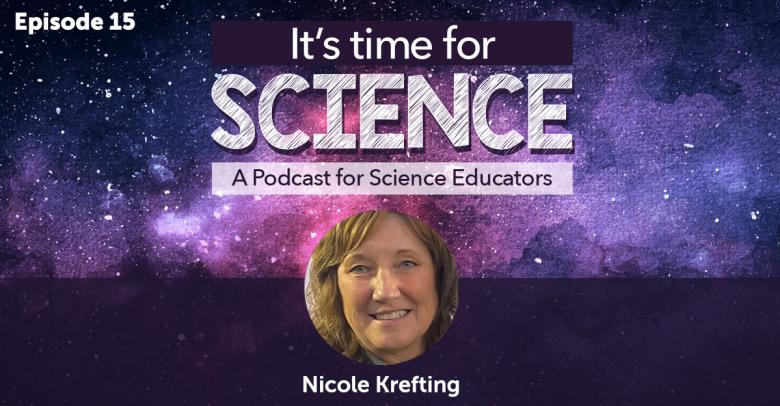
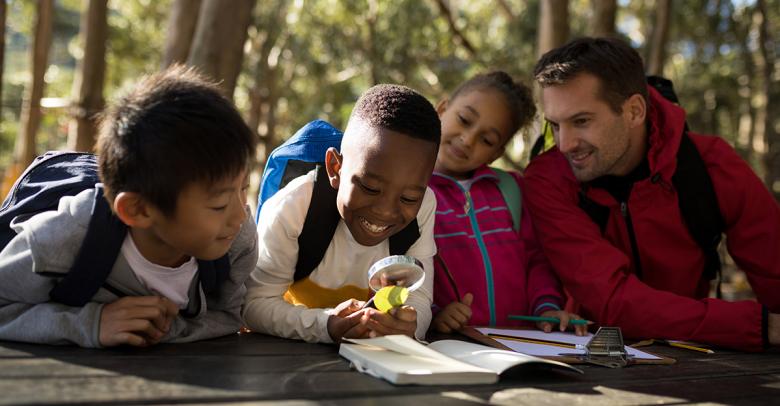
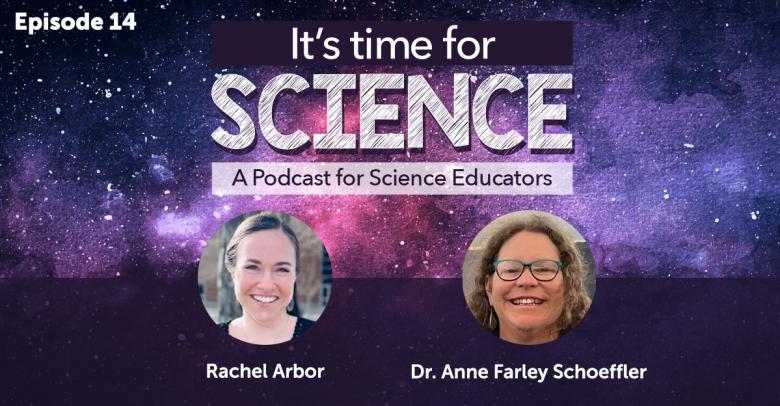
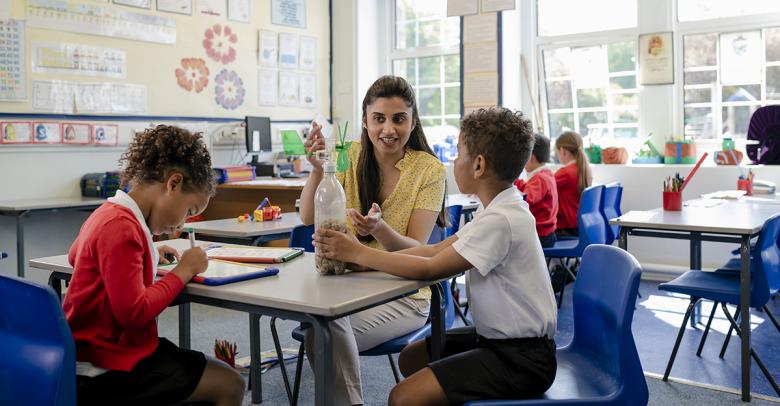
Leave a Reply